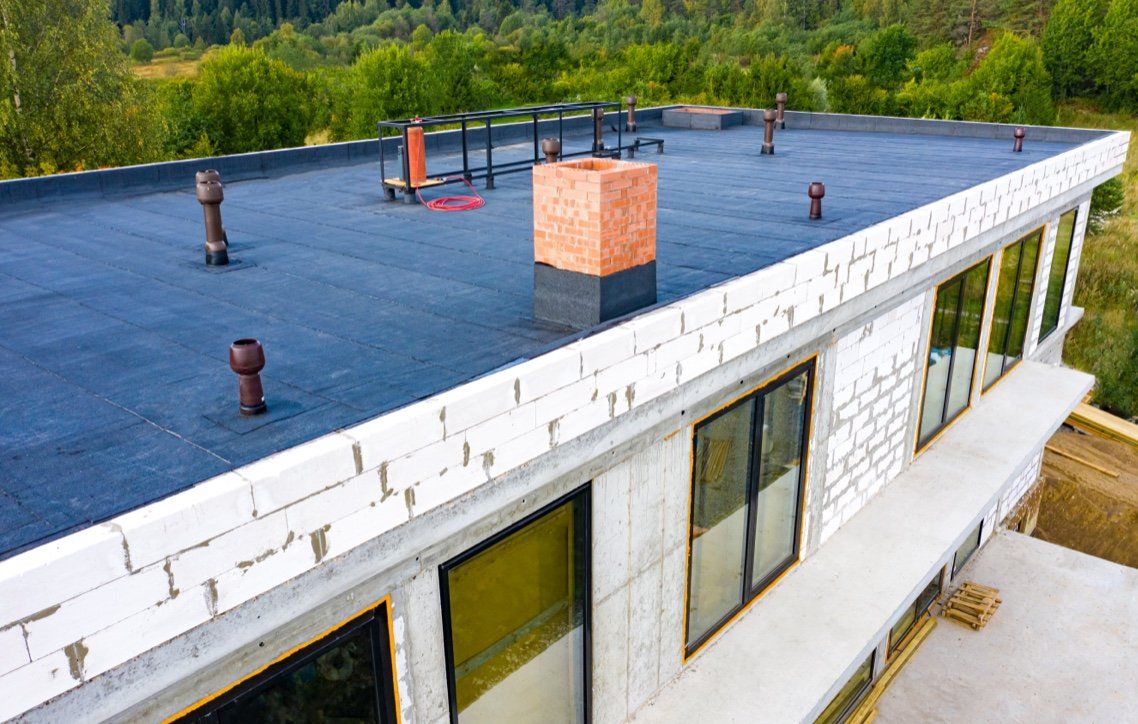Your roof color isn’t just for curb appeal—it has practical implications for your home’s energy efficiency and comfort. Here’s how to choose the best roof color based on your climate.
How Roof Color Affects Heat Retention and Cooling
Roof color is a major factor in heat absorption. Dark roofs, such as black, absorb heat, increasing the temperature on the roof’s surface and warming your home. White roofs reflect sunlight, keeping your home cooler and easing the load on your air conditioning.
Climate Considerations: When to Go Light or Dark
The color of your roof should be based on your region’s climate:
- Warm Climates: If you live in a hot climate, a white or light-colored roof will help reflect the sun's heat, keeping your home cooler and saving on energy bills.
- Cold Weather Areas: Darker roofs can help absorb sunlight, retaining warmth and reducing heating bills.
- Moderate Climates: In moderate climates, a neutral or slightly darker shade may be the best option, depending on your insulation and overall energy needs.
How Roof Colors Affect Energy Efficiency and the Urban Heat Island Effect
White roofs are particularly useful for combating the urban heat island effect, where cities experience higher temperatures due to the prevalence of dark roofs and surfaces. These roofs help lower city temperatures and reduce overall energy use.
Expert Tips from Weathercraft on Selecting Roof Colors
To help you choose the perfect roof color, keep these tips in mind:
- Climate Suitability: Think about your region’s weather patterns.
- Roof Material Compatibility: Check that your roofing material is compatible with the selected color.
- Aesthetic Appeal: Consider how the roof color will blend with your home’s exterior for a harmonious appearance.
- Long-Term Savings: Think about long-term savings in energy costs when selecting a roof color.
Weathercraft’s experts are here to help you select the best roof color and material for your home and budget.
